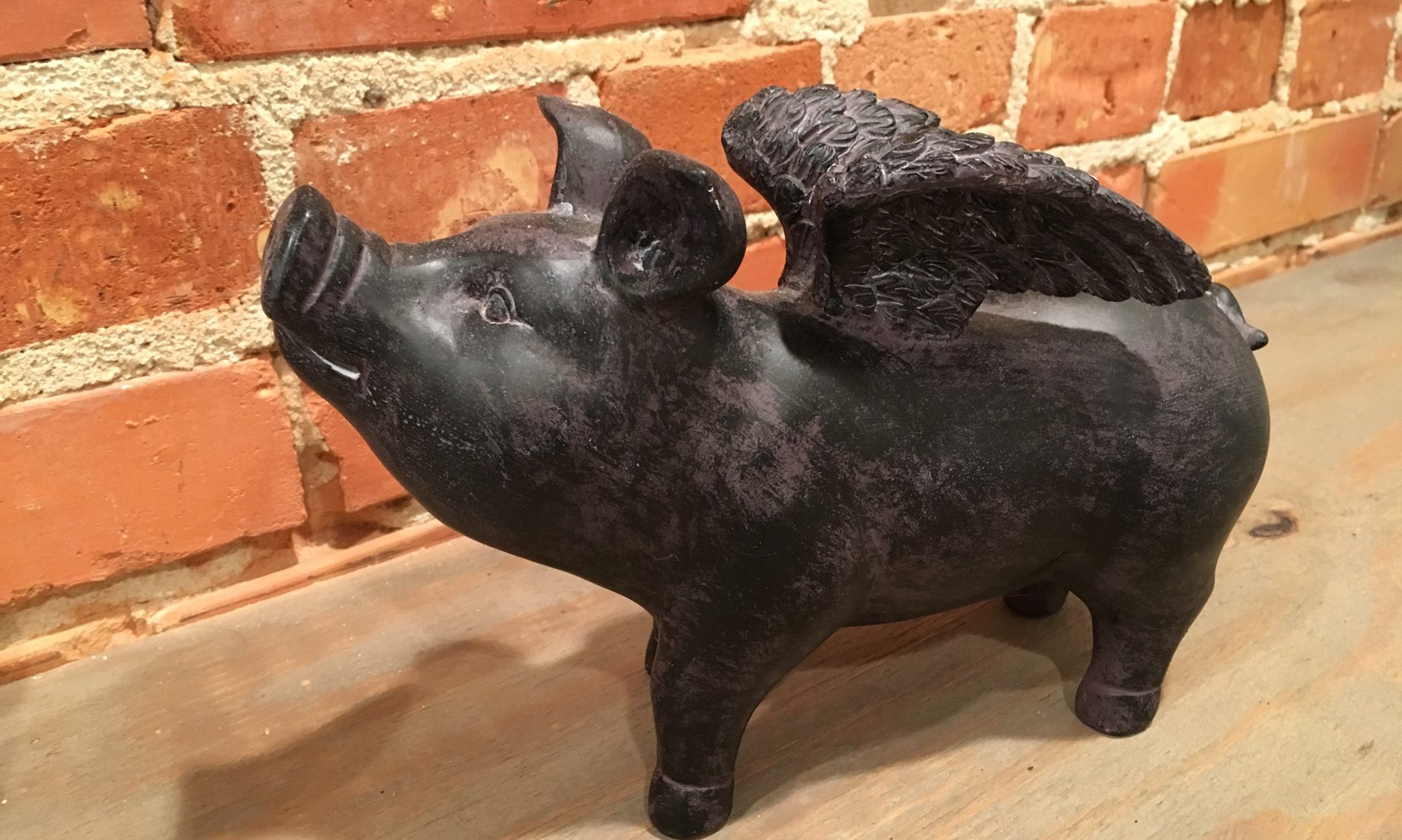
After finding out that we needed to hand fit the head rack to the wings, I set about getting it done. Step one was to measure everything, being extra careful to not mix up left and right, or front spar and rear spar. Once I had everything measured and written down carefully, I turned my paper over to hide the results and then asked Spork to do the exact same thing. He spent some time measuring and then we compared notes. On the front spars we were within a thousandth of one another, on the rear spars we were off.
So back to the snap gauges and calipers again to find that we had a bit of taper on the rear spar doublers. Depending on where you measured, you got a different result. Once we dialed in where our critical dimensions were, I went to each head rack and did what you see pictured above, writing down my target dimension. I think Spork thought I was being overly cautious but we talked about how easy it was to transpose a number, and how hard it would be to weld the metal back on what is arguably the most critical part of the airplane, the part that holds the wing in position.

This is all it took to dial in the dimensions. A big file for hogging out metal, a small file for breaking edges and fine work. And it took about 45 minutes and some elbow grease. No biggie. I put a bit of a wedge shape to the top part of the head rack, and a bit of a rounded edge on the bottom part. However I left the overall shape of the bottom relatively round, leaving us a bit of material to do the final fit up.

While I was working on the head rack, I had the boys start work on the spoilers. As best I can tell, once these spoilers are mounted in the wing, and the wing is covered and painted, we won’t be removing them without a lot of grief. Since these spoilers are going to be effectively permanent, and since they pop out of the top of the wing anytime you roll the aircraft, they are going to get a lot of wind abrasion. That means I don’t want the paint coming off anytime soon so the boys spent some extra time doing a good scotch brite etch. Then Cody shot about 4 coats of primer, followed by 3 coats of enamel. Hopefully these will stay nice and black for the life of the airplane.


Cody had worked on the tunnel fit up for a couple of days and today was the day to finally get it screwed in and installed. The servos for the autopilot should be in the tail and this push tube should stay covered until it is time for the annual inspection. I hope. It is always hugely satisfying to install something for the last time.

Now this was a job for using your head. We rolled the airplane outside on its stands again, and then walked the first wing over to the airplane to see how the fit was. For both wings, the fit was just a touch too tight. They would start to go on, but the holes wouldn’t line up. That was exactly what I’d hoped for. With the small file I gave them a quick touch up and the wings slid right on. We attached the lift struts and boom, our little wire frame project was suddenly an airplane.

The board was the closest thing we could find to brace the wing up. Sitting on stands, with one wing attached, the whole thing tries to flop over and lay on the ground. That would obviously be a bad thing so an impromptu brace solved the problem.
We rolled the airplane back in the shop and then my friend Rick stopped by. I was beginning my wiring of the airplane, starting with the ELT data cable. I wanted someone to look over my setup and help me get started on the right foot. Rick has wired his RV panel, twice, so he has a wealth of experience that I don’t have in aviation wiring. We spent about an hour at the bench going over wiring. With some suggestions to ask our A&P friend, and some suggestions on tooling and a place to order electrical supplies, he pronounced me ready to go to work.

With the wings on, folded, and the airplane safely tucked back inside the barn and Rick about to leave, I told the boys to head back to the house while I drove down to Harnett County Airport to meet my A&P buddy, Scott, who’d ordered in some supplies for me. A battery, wingtip lights, battery cable, starting solenoid, fuel hose, and even some fluting pliers to straightening the butt ribs we’d be working on next. Those I borrowed.
We had made really good progress, and tomorrow looked like a busy day, even if it was going to be 100 degrees!

